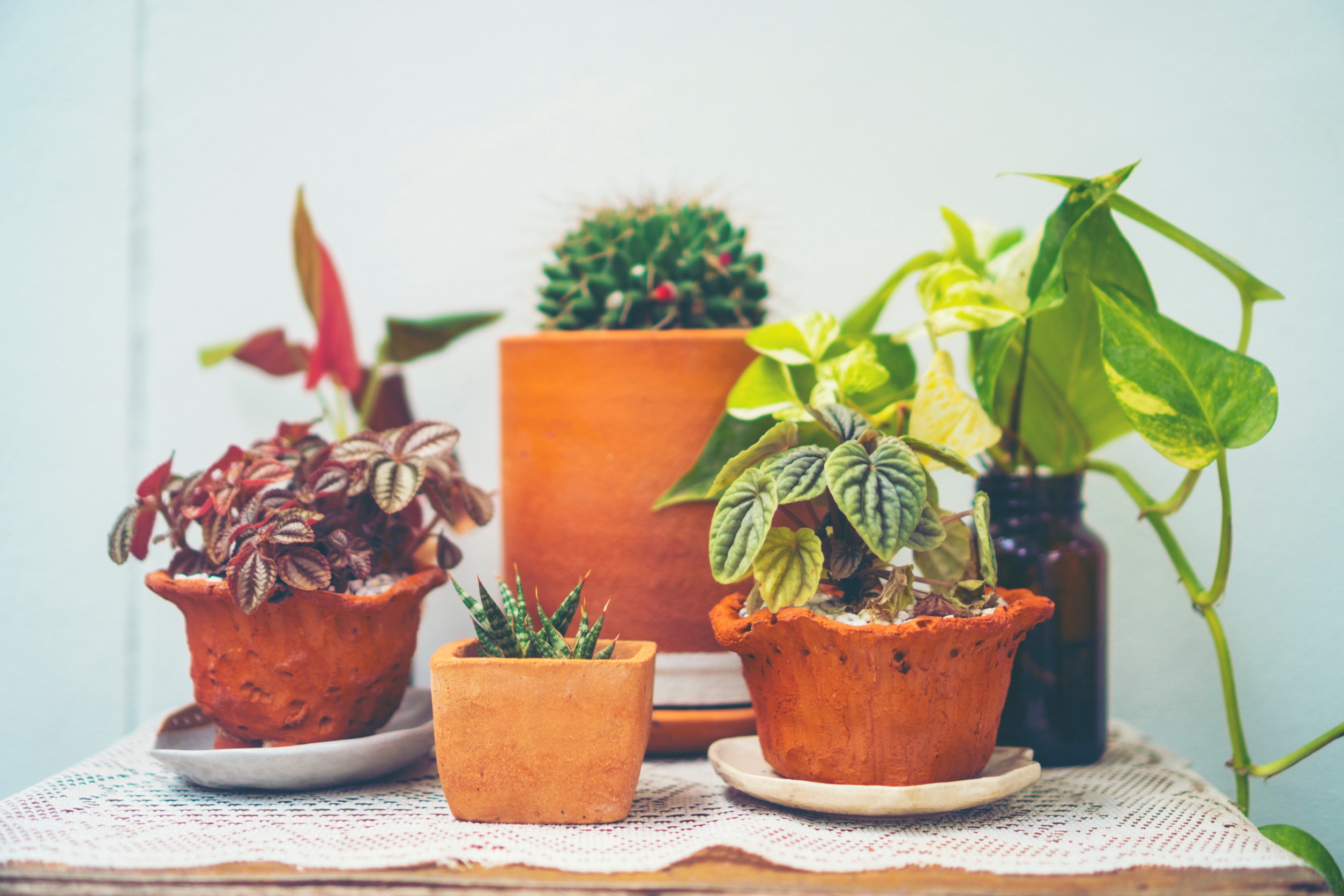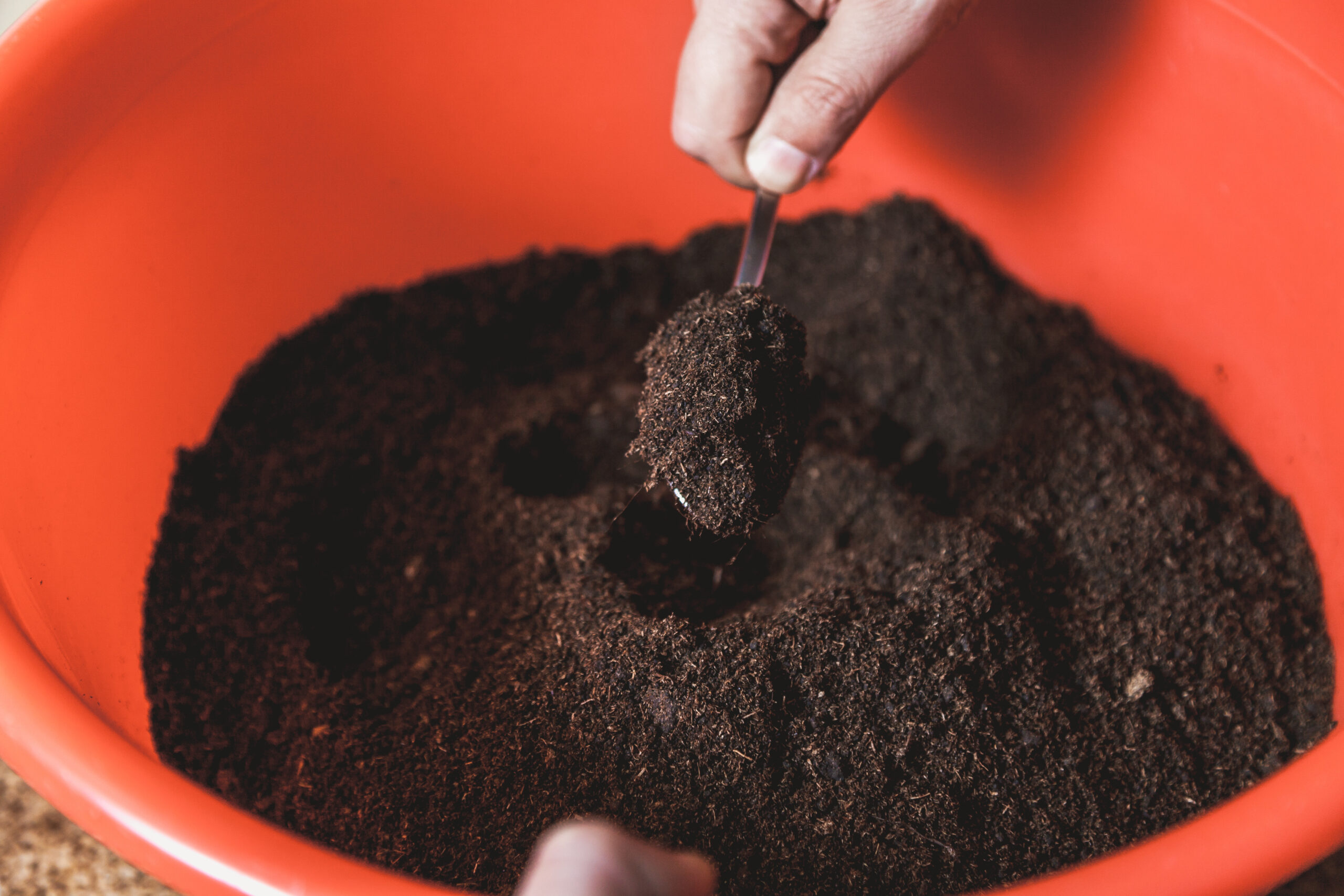
Houseplants and garden plants bring life and beauty to our spaces, but they can sometimes struggle and appear to be on the brink of death. Knowing how to revive plants effectively can save money and help your greenery thrive again. Implementing a few simple strategies can bring your plants back to health and ensure they flourish. Here are eight easy tips to revive your dying plants and save money in the process.
1. Assess the Watering Situation
One of the most common reasons plants struggle is improper watering. Underwatering can cause wilting and dehydration while overwatering can lead to root rot. Check the soil moisture before watering; it should be slightly dry before you add more water. Ensure your plant pots have drainage holes to prevent excess water from accumulating. Adjust your watering schedule based on the plant’s specific needs and the environmental conditions.
2. Provide Adequate Light
Light is crucial for plant health, and insufficient light can cause plants to become weak and leggy. Identify your plants’ light requirements and place them in appropriate locations. For instance, succulents and cacti need bright, direct sunlight, while ferns and pothos prefer indirect light. If natural light is limited, consider using grow lights as a supplement. Proper lighting can significantly revive plants and promote vigorous growth.
3. Improve Soil Quality

The soil in which your plants grow is vital to their health. Poor soil quality can restrict root growth and limit access to essential nutrients. Repot your plants with fresh, high-quality potting mix that suits their needs, such as cactus mix for succulents or well-draining soil for tropical plants. Adding organic matter like compost can improve soil structure and nutrient content. Healthy soil creates an optimal environment for plants to recover and thrive.
4. Prune Dead or Damaged Parts
Pruning is essential for removing dead or damaged parts of your plants, allowing them to focus energy on new growth. Use clean, sharp scissors or pruning shears to cut away any yellowing, brown, or diseased leaves and stems. Be careful not to remove more than one-third of the plant at a time to avoid stressing it. Regular pruning encourages healthy growth and can significantly revive plants that are struggling. Proper pruning also helps maintain the plant’s shape and overall appearance.
5. Monitor for Pests
Pests such as aphids, spider mites, and scale insects can wreak havoc on your plants, causing them to weaken and deteriorate. Inspect your plants for signs of pests regularly, including for issues like sticky residue, discolored leaves, or visible insects. If you detect an infestation, treat it promptly with natural remedies like neem oil, insecticidal soap, or a strong water spray. Keeping pests under control helps revive plants by preventing further damage. Consistent monitoring is key to early detection and effective management of pests.
6. Fertilize Appropriately

Plants need nutrients to grow, and depleted soil can lead to nutrient deficiencies. A balanced, water-soluble fertilizer provides essential nutrients like nitrogen, phosphorus, and potassium. Follow the recommended dosage and frequency to avoid over-fertilizing, which can harm plants. Organic fertilizers such as compost tea or fish emulsion are excellent choices for a gentle, slow-release nutrient boost. Regular fertilization helps revive plants by replenishing the nutrients they need for robust growth.
7. Ensure Proper Humidity
Many houseplants, especially tropical varieties, thrive in humid environments. Low humidity levels can cause leaf tips to brown and plant health to decline. Increase humidity around your plants by misting them regularly, using a humidifier, or placing a tray of water nearby. Grouping plants can also create a microenvironment with higher humidity. Proper humidity levels can revive plants struggling due to dry indoor air.
8. Repot When Necessary
Plants can become root-bound when they outgrow their pots, leading to restricted root growth and nutrient uptake. If you notice roots growing out of the drainage holes or circling the pot, it’s time to repot your plant. Choose a pot that is one size larger and refresh the soil with a suitable potting mix. Gently loosen the roots before placing the plant in its new pot to encourage healthy root expansion. Repotting provides plants with the space they need to grow and thrive.
Revive Your Dying Plants Today!

Reviving your plants with these easy tips can save you money and bring your greenery back to life. By assessing watering practices, providing adequate light, improving soil quality, pruning, monitoring for pests, fertilizing appropriately, ensuring proper humidity, and repotting when necessary, you can create an optimal environment for your plants to flourish. These simple yet effective strategies can help you revive plants and enjoy a thriving indoor or outdoor garden. Taking the time to care for your plants properly not only enhances your living space but also provides a rewarding and cost-effective hobby.
Read More:
From Paper Towel to Potting Soil: The Ideal Time to Transplant Your Seedlings
9 Benefits of Neem Oil for Plant Health
Catherine is a tech-savvy writer who has focused on the personal finance space for more than eight years. She has a Bachelor’s in Information Technology and enjoys showcasing how tech can simplify everyday personal finance tasks like budgeting, spending tracking, and planning for the future. Additionally, she’s explored the ins and outs of the world of side hustles and loves to share what she’s learned along the way. When she’s not working, you can find her relaxing at home in the Pacific Northwest with her two cats or enjoying a cup of coffee at her neighborhood cafe.
Leave a Reply